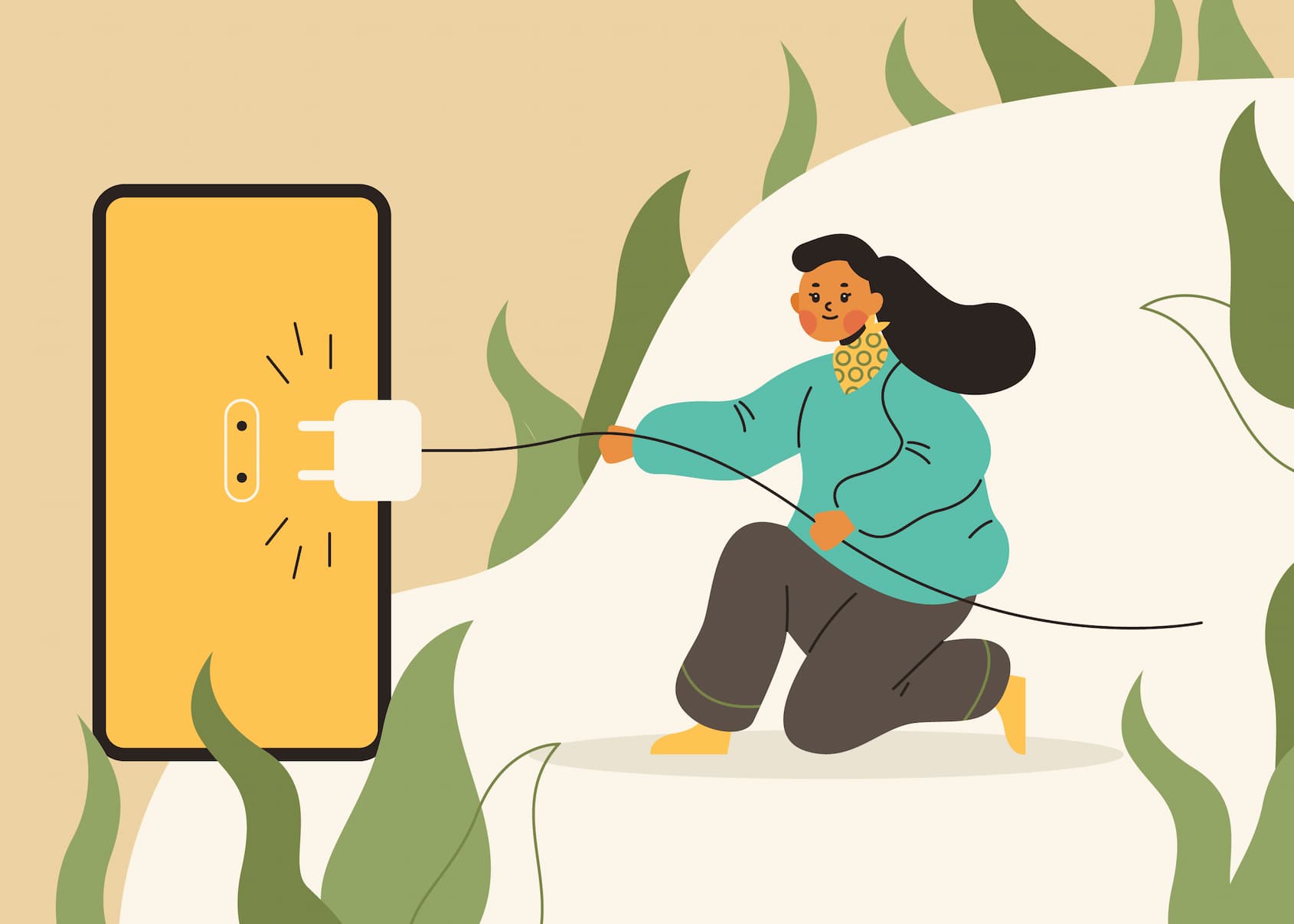Ping, PM, DM, notification – how to avoid digital burnout

Think it's just work digital burnout? Think again!
As Singapore lifts pandemic restrictions and many aspects of life return to normal, one thing is here to stay, at least for now – remote working, or at least, a hybrid of working in the office and working from home.
While working from home certainly has its perks, it does mean more virtual meetings, online written communication through email and messaging tools, and more screen time overall.
Indeed, this increase in digital workload might well be a significant reason why four out of five Singaporeans are feeling at risk of burnout in 2022.
If you’re feeling fatigued and listlessness from an overdose of technology, here are some tips to avoid digital burnout.
1. Do a digital cleanse
Few things are less draining than a cluttered email inbox with thousands, even tens of thousands of unread mail. Or opening your social media account and seeing a long list of notifications about the latest posts from your contacts.
Tame that clutter by unsubscribing from email lists that you never open and social media and accounts that you’ve lost interest in. It’s tempting to cling onto an email subscription thinking there might come a day when the information in one of the emails will come in handy. But that’s like keeping that denim jacket from a lifetime ago on the off chance you’ll find the occasion to wear it again.
If you’re paralysed by the thought of taking the first step, there is help in the form of an app called Unroll Me. The tool enables you to view all the newsletters that your email is subscribed to and unsubscribe with just one tap. It also provides a service to “roll up” all the remaining subscriptions into a daily digest.
2. Remove false urgencies
Speaking of bolded emails and red bubble notifications, we all know the anxiety that can be caused by these indicators practically screaming, “READ ME!”
Be kind to your eyes and mind. Turn off notifications for apps that you don’t need an immediate update from. For instance, unless you’re in the market for a job and are eagerly awaiting the reply of a recruiter, you probably don’t need to turn on notifications for the LinkedIn app. The same goes for your other social media apps unless you are using one of them as a means of real-time communication.
Even tech giants are increasingly aware of the need that notifications can become a distraction and need to be used in a controlled manner. Apple and Google’s newer devices have “focus mode” that enables you to customise the notifications you see when you activate the function.
3. Avoid multitasking

One of the great paradoxes of technology is how it’s allowed us to be productive on multiple tasks at the same time, but also doomed us to be unproductive on multiple distractions at the same time.
Having multiple applications, windows, and tabs open may seem like a great way to juggle various activities, but more often than not, it simply overwhelms you. Just imagine you’re about to start writing an article about digital burnout but a somewhat important looking email comes in from a co-worker so you better look at that first. Oh, turns out it can wait. Right, I was just going to reply to a WhatsApp, and since the app’s already open, it won’t take me a sec. OK, now just a quick check of my Instagram and I swear I’ll get back to my work, which is… what again?
One way to beat this time sink is to have a strategy and keep at it. For example, you could break up work periods into 30 minute blocks. The first 25 minutes are fully focused on the task at hand, after which you reward yourself with five minutes of doing whatever you want – check your phone, sneak in some YouTube, whatever.
4. Set digital boundaries
If the hours you spend mindlessly watching TikTok videos are beginning to concern you, you can set daily app usage limits.
The feature is available for both Android and iOS phones. Once your daily allotted time is up, the app closes automatically. You can cut the allotted time each week as a gradual way to wean yourself off the app. Of course, if you’re willing to go cold turkey, simply delete the app altogether!
The Chrome internet browser features a similar setting where you can limit the usage of individual websites.
5. Routinely unplug

Taking breaks from technology, whether for work or entertainment, helps you to decompress. Set technology-free times when you can focus on other things such as eating with your family, exercising, or just reading a good book.
You can also set up technology-free zones at home. For example, no phones at the dining table. Meal times are about enjoying the food and catching up with people around the table. Putting your phone away from the bed at bedtime helps kick the nasty habit of scrolling instead of sleeping.
6. Manage, not abandon technology
Tech is now a big part of both our professional and personal lives. It’s unrealistic for most people to cut tech completely out.
Hence, the answer isn’t to turn our back on tech but to use it in a conscious way that improves our lives rather than drains it.
So take control of your tech usage before it controls you instead. Your physical and mental wellbeing will thank you for it.

